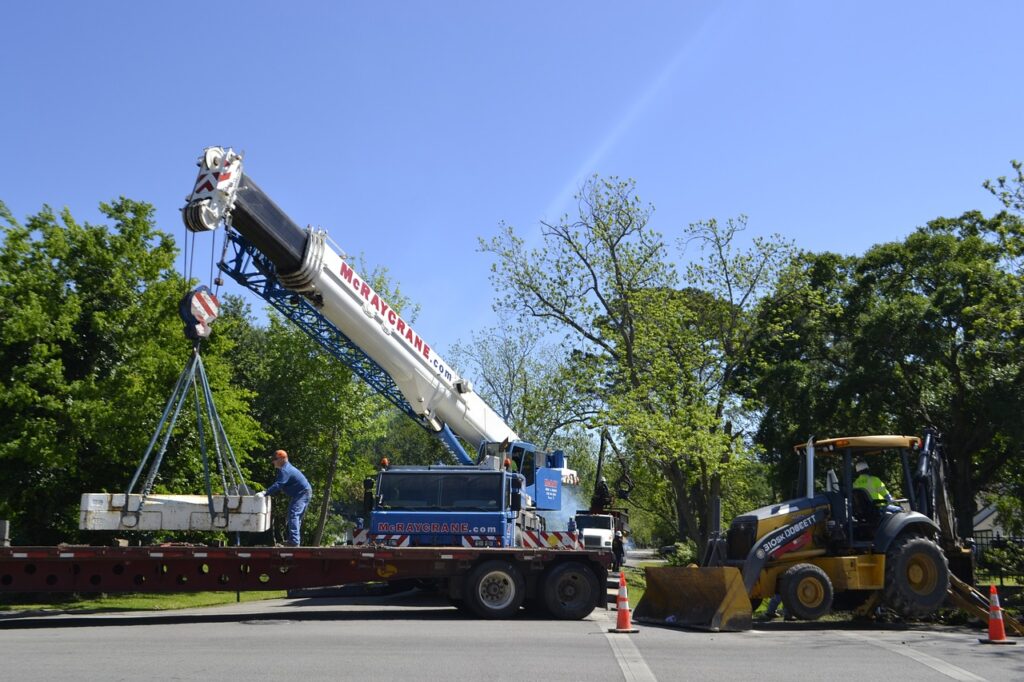Restoring Strength and Integrity: A Comprehensive Guide to Concrete Repair
by siteadmin

Concrete is the backbone of modern construction, providing strength, durability, and stability to countless structures around the world. However, even the most well-constructed concrete can succumb to wear and tear over time, leading to cracks, spalling, and other forms of damage. Fortunately, concrete repair techniques offer effective solutions to restore the integrity and functionality of damaged concrete surfaces. In this guide, we’ll delve into the world of concrete repair, exploring common issues, repair methods, and preventive measures to ensure the longevity of concrete structures.
Understanding Common Concrete Issues:
Before delving into repair techniques, it’s essential to understand the common issues that plague concrete structures:
- Cracking: Cracks can occur due to various factors such as shrinkage, settlement, freeze-thaw cycles, or structural overloading.
- Spalling: Spalling refers to the chipping or flaking of concrete surfaces, often caused by moisture infiltration, corrosion of reinforcement, or chemical exposure.
- Scaling: Similar to spalling, scaling involves the loss of surface mortar and aggregate, resulting in a rough, pitted appearance.
- Delamination: Delamination occurs when the concrete surface separates from the underlying layers, leading to hollow spots and reduced structural integrity.
- Corrosion of Reinforcement: Exposure to moisture and chloride ions can cause the reinforcement steel within concrete to corrode, leading to expansion and cracking of the surrounding concrete.
Repair Techniques:
Concrete repair methods vary depending on the type and severity of the damage. Here are some common techniques employed by professionals:
- Crack Injection: For hairline cracks or minor fissures, crack injection involves filling the cracks with epoxy or polyurethane resins to restore structural integrity and prevent further deterioration.
- Patching and Resurfacing: Patching involves filling shallow depressions or pits with specialized concrete patching compounds, while resurfacing entails applying a thin layer of polymer-modified overlay to restore the appearance and functionality of deteriorated concrete surfaces.
- Spall Repair: Spalled concrete can be repaired by removing loose material, cleaning the area, and applying a repair mortar or polymer-modified concrete to restore the surface to its original condition.
- Carbon Fiber Reinforcement: Carbon fiber sheets or strips can be bonded to concrete surfaces to reinforce weakened areas, distribute loads, and prevent further cracking or delamination.
- Cathodic Protection: In cases of reinforced concrete corrosion, cathodic protection systems can be installed to mitigate further corrosion by supplying a low electrical voltage to the reinforcement steel, thereby preventing rust formation.
Preventive Measures:
While concrete repair techniques offer effective solutions for addressing existing damage, preventive measures are crucial for extending the lifespan of concrete structures:
- Proper Maintenance: Regular inspection and maintenance of concrete structures can help identify issues early on and prevent minor problems from escalating into major repairs.
- Surface Protection: Applying sealants, coatings, or waterproofing membranes to concrete surfaces can provide protection against moisture infiltration, chemical exposure, and freeze-thaw cycles.
- Design Considerations: Implementing proper design practices, such as adequate reinforcement, joint spacing, and drainage systems, can minimize the risk of cracking, spalling, and other forms of damage.
- Environmental Controls: Controlling environmental factors such as temperature, humidity, and exposure to de-icing salts can help mitigate the adverse effects of weathering on concrete structures.
Concrete repair is a critical aspect of maintaining the integrity and functionality of concrete structures. By understanding common issues, employing appropriate repair techniques, and implementing preventive measures, engineers and property owners can ensure the longevity and durability of their concrete assets. Whether it’s filling cracks, patching spalls, or reinforcing deteriorated areas, investing in concrete repair today can save time, money, and resources in the long run, while preserving the strength and beauty of our built environment.
Concrete is the backbone of modern construction, providing strength, durability, and stability to countless structures around the world. However, even the most well-constructed concrete can succumb to wear and tear over time, leading to cracks, spalling, and other forms of damage. Fortunately, concrete repair techniques offer effective solutions to restore the integrity and functionality of…
Recent Posts
- Roofing Company Savannah Sheds Light on the Lifespan of Roofs: How Long Should a Roof Last?
- Cost of Installing a Pool in Cape Coral, Florida: A Rough Guide
- Overland Park KS Painters Provides Insight: Essential Questions to Ask Your House Painter
- Is Stamped Concrete Cheaper than Regular Concrete? Debunking Myths with Columbus Stamp Concrete
- New Orleans Concreters Advocates for Stamped Concrete Driveways as the Ultimate Choice for Durability and Style
